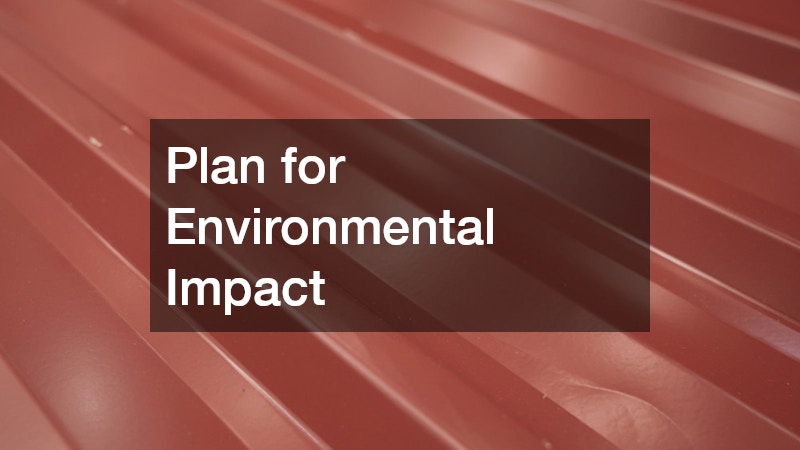Your roof plays a vital role in protecting your home, enhancing its curb appeal, and even influencing energy efficiency. Choosing the right roofing material isn’t just about picking a color or style—it’s about balancing durability, cost, climate suitability, and long-term value. By understanding your options and what factors matter most, you can make an informed decision that meets both your functional needs and design preferences.
Consider Your Climate
The weather in your region is one of the most important factors when choosing roofing materials. Certain materials perform better under specific conditions:
Asphalt shingles handle a variety of climates well but may have a shorter lifespan in extremely hot areas.
Metal roofing resists wind, sheds snow easily, and reflects sunlight, making it a strong choice for areas with heavy snowfall or high temperatures.
Clay or concrete tiles thrive in hot, dry climates due to their heat resistance, though they may not suit regions with freeze-thaw cycles.
Slate roofing offers exceptional durability in most climates but requires a solid structure due to its weight.
Matching your roofing choice to your local climate helps maximize longevity and performance.
Think About Longevity and Maintenance
Some homeowners prioritize a roof that requires minimal upkeep, while others are willing to invest time and money into maintenance for a more distinctive look.
Low-maintenance options like metal and synthetic roofing materials often last decades with minimal attention.
Natural materials such as wood shakes or slate may require more upkeep but can offer a unique aesthetic.
Regular inspections, especially after severe weather, help any roof last longer regardless of the material.
When evaluating lifespan, consider the total cost over time—not just the initial installation expense.
Evaluate Energy Efficiency
Your choice of roofing material can directly affect your home’s heating and cooling costs. Light-colored or reflective materials can help keep interiors cooler in summer, reducing the strain on your air conditioning system.
Cool roofing materials are designed to reflect more sunlight and absorb less heat.
Metal roofing can be coated with reflective finishes to improve energy efficiency.
Clay and concrete tiles offer natural insulation properties that can reduce heat transfer.
Energy-efficient roofs may qualify for rebates or incentives, further lowering long-term costs.
Balance Aesthetics with Home Style
Your roof is a highly visible design element, so the color, texture, and shape should complement your home’s architecture.
Traditional homes often pair well with asphalt shingles, wood shakes, or slate.
Modern or contemporary designs may favor metal roofing or flat-profile tiles for a clean look.
Mediterranean or Southwestern styles typically suit clay or concrete tiles.
It’s worth requesting samples to see how materials look alongside your home’s siding, brick, or exterior paint.
Factor in Budget and Value
Budget often plays a key role in material selection, but focusing solely on upfront cost can be misleading. Lower-cost materials may need replacement sooner, while a higher initial investment could offer decades of durability. Ask your roofer for more details.
Asphalt shingles are one of the most budget-friendly options, with a lifespan of 15–30 years.
Metal roofing can last 40–70 years but costs more to install.
Slate or clay tiles are premium materials with lifespans of 50–100 years, often increasing home value.
Calculating cost per year of use can help identify which material offers the best overall value for your situation.
Check Local Building Codes and HOA Rules
Before making a final choice, review your local building codes and homeowners’ association (HOA) guidelines. Some communities restrict certain colors or materials to maintain a cohesive neighborhood appearance. In coastal or wildfire-prone areas, specific roofing standards may be required for safety and insurance purposes.
Consider Installation and Structural Requirements
Not all homes can support the weight of heavier materials like slate or concrete tiles without structural reinforcement. Additionally, some materials require specialized installation skills, which can affect both cost and availability of qualified contractors in your area.
Choosing a reputable roofing contractor with experience in your selected material ensures proper installation and maximizes performance.
Plan for Environmental Impact
If sustainability is a priority, look into recyclable or eco-friendly roofing options. Many metal roofing products are made from recycled materials and can be recycled again at the end of their lifespan. Wood shakes sourced from sustainable forests and synthetic products made from reclaimed resources are also worth considering.


